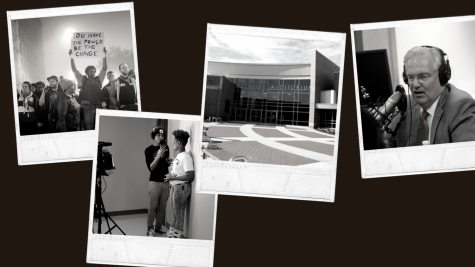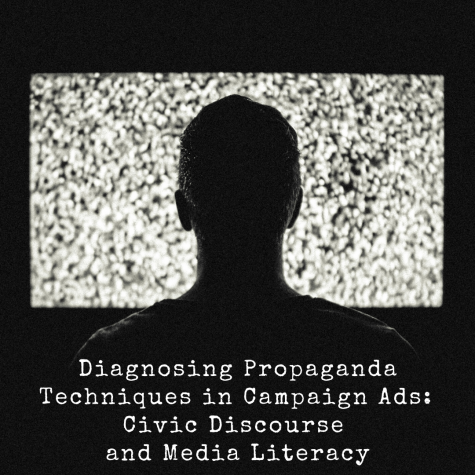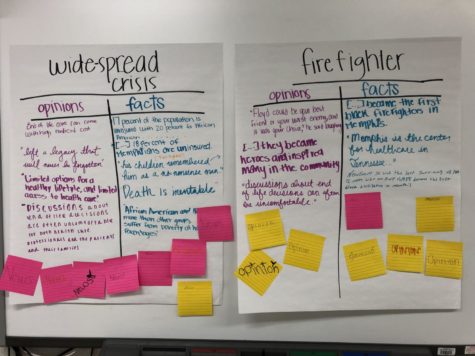World Press Freedom Day recognizes global challenges facing journalists
More than 100 national celebrations will take place on May 3 in recognition of World Press Freedom Day.
Proclaimed by the United Nations General Assembly in 1993, the purpose of the day is to celebrate “the fundamental principles of press freedom, to evaluate press freedom around the world, to defend the media from attacks on their independence and to pay tribute to journalists who have lost their lives in the exercise of their profession.”
The day serves as a reminder that in dozens of countries, publications are restricted and journalists are persecuted for their work.
Teri Hayt, the executive director of the American Society of News Editors, said journalists worldwide are now able to tell their stories to a wider audience despite the efforts of those who try to suppress them.
“Journalists are facing more restrictions and dangers to bring the news to a global audience,” Hayt said. “While it is great to see our audiences expanding as they are, it is a constant disappointment to see continually increasing restrictions placed on coverage and access to documents and events.”
Even more troubling to Hayt are the dangers that many journalists are facing in conflict zones.
“We have lost many talented journalists in the last few years,” Hayt said. “They paid the ultimate price for free and independent news reporting. Journalists should not be targets or used as bargaining chips, but, unfortunately, we see that more and more.”
Mike Hiestand, a project attorney for the Student Press Law Center, said the U.S. government’s ongoing intrusion into journalists’ independent workspace and work product is a trend that causes him concern.
Despite the challenges facing journalists, Hayt said, journalism is stronger that it has ever been.
“You only have to look at the recent Pulitzer Prize recipients to see the breadth and depth of the reporting that is going on in this country,” Hayt said. “Large and small news organizations are covering their communities in a variety of ways. It’s not just about the print report anymore.”











